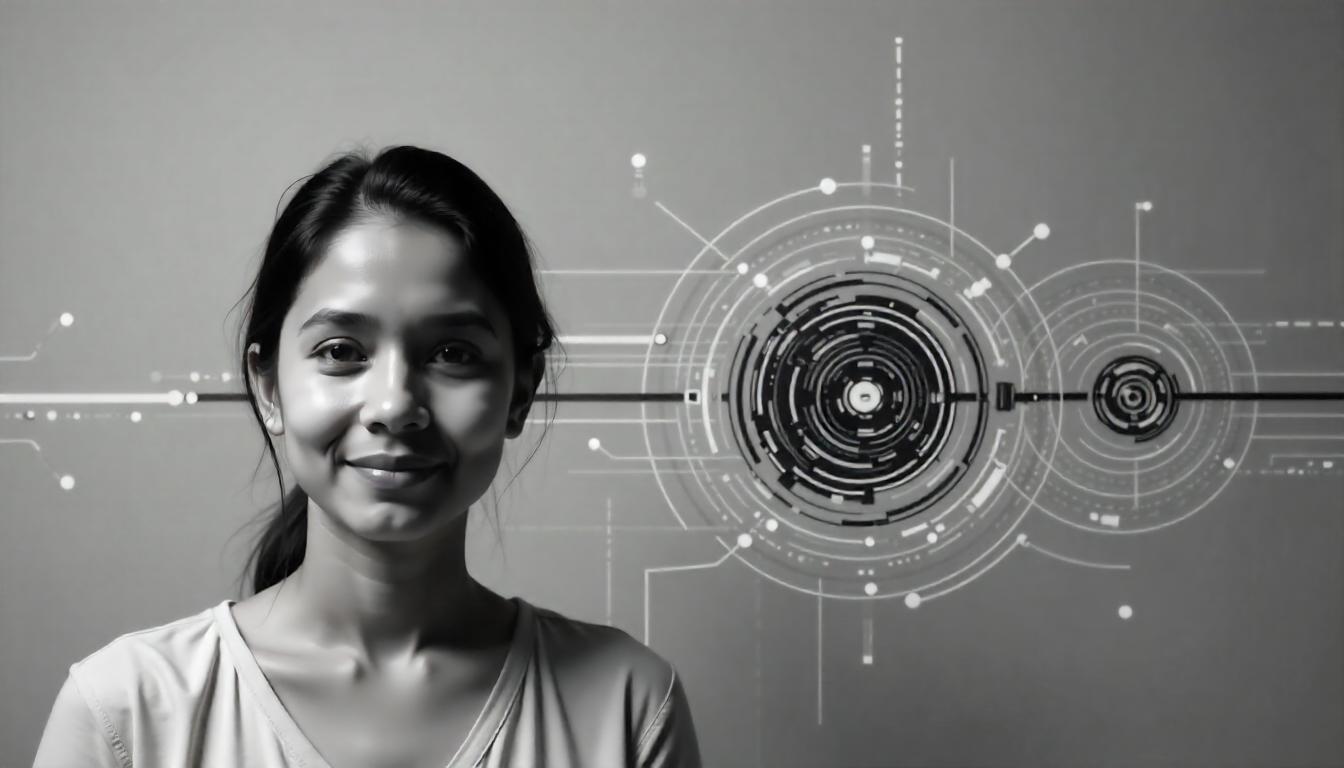Introduction: The Rise of AI in UX/UI Design
AI is no longer just a buzzword—it’s actively transforming how designers work. The shift from traditional design workflows to AI-assisted automation is redefining the UX/UI landscape. With platforms like Figma AI, Adobe Sensei, and Webflow AI, designers can now streamline workflows, enhance user experience, and reduce manual effort.
Why This Matters:
AI-driven design speeds up workflows, enhances user experiences, and minimizes repetitive tasks.
Stat: AI-powered design tools will contribute to a 23% CAGR growth in the UX/UI industry by 2028.
Example: Canva’s AI tools help non-designers create professional-level designs in seconds.
What is Generative AI in UX/UI?
Defining Generative AI
Generative AI refers to artificial intelligence that creates design assets, UI components, and even layouts autonomously. Unlike traditional automation (which follows pre-set rules), AI learns patterns and generates new designs dynamically. (generated by ChatGPT)
✅ Core Capabilities of AI in UX/UI:
Smart Layout Generation – AI tools analyze user behavior and auto-arrange UI elements.
Automated Wireframing – AI can convert text prompts into wireframes.
Design Personalization – AI adapts UIs based on user preferences.
AI-Assisted Prototyping – AI can auto-suggest UI interactions.
Example: Uizard allows designers to turn sketches into UI components instantly.
AI vs. Human Creativity – Can AI Replace Designers?
⚖️ The Debate: AI enhances efficiency, but it lacks human intuition, storytelling, and empathy.
What AI is Good At:
✅ Speeding up wireframing and layout adjustments.
✅ Analyzing large datasets to improve UX decisions.
✅ Automating repetitive design tasks.
What Only Humans Can Do:
❌ Create emotionally compelling brand identities.
❌ Understand deep cultural and psychological nuances.
❌ Make strategic business-aligned design choices.
Example: Midjourney can generate UI elements, but it can’t create a brand-driven user experience.
Top AI Tools Every UX/UI Designer Must Know in 2025
AI is becoming an indispensable part of design workflows. Here are the most powerful AI-driven UX/UI tools:
| Tool | What It Does | Best For |
| Figma AI | Smart UI suggestions & auto-layout | Wireframing & prototyping |
| Adobe Sensei | AI-driven image & layout enhancement | Graphic & UI design |
| Uizard | Converts sketches into digital UI | Rapid prototyping |
| DALL·E | AI-generated illustrations & UI assets | Creating visuals |
| Framer AI | AI-generated website layouts | Web & mobile UI |
Example: Webflow AI now helps auto-generate websites with no coding required.
Case Studies – AI-Powered Design in Action
How brands are already using AI to improve UX/UI:
Netflix – Uses AI to auto-adjust UI layouts based on engagement metrics.
Spotify – AI personalizes the app’s interface dynamically.
Airbnb – AI optimizes property images for better user engagement.
Amazon – Uses AI-driven UX testing to improve checkout experiences.
Example: A/B tests run by AI-driven tools outperform manually designed UI variations by 30%.
Ethical Concerns & Limitations of AI-Driven Design
⚠️ Where AI Falls Short & What Designers Should Be Aware Of:
❌ 1. AI Can Reinforce Biases
AI learns from existing data—if the dataset is biased, AI-generated designs can unintentionally reinforce discrimination.
Example: Amazon’s AI-powered hiring tool was scrapped because it favored male applicants based on biased historical data.
❌ 2. Privacy & Data Security Risks
AI personalization requires access to user data, raising ethical concerns about privacy.
Example: Google’s AI-driven UX personalization requires strict data policies to protect users.
❌ 3. AI-Generated Designs Can Feel Generic
AI lacks the ability to innovate beyond what it has been trained on.
Over-reliance on AI-generated layouts can make UIs look similar and reduce brand uniqueness.
The Future of AI in UX/UI – What’s Next?
AI in design is just getting started! Here’s what to expect:
✅ AI as a Co-Designer – AI will assist, not replace, human creativity.
✅ AI-Driven UX Research – AI will analyze user behavior in real-time for continuous design improvements.
✅ Hyper-Personalized UI – AI will create interfaces that adapt dynamically to individual users.
✅ Voice & Emotion-Aware UX – AI will respond to emotions using facial recognition and voice analysis.
Example: AI-driven voice UI assistants like Alexa and Siri are already integrating UX enhancements based on user interaction patterns.
Conclusion – How Designers Can Prepare for the AI-Powered Future
Key Takeaways:
✔️ AI isn’t a threat—it’s a tool for improving design efficiency.
✔️ Designers should focus on strategy, storytelling, and emotional intelligence—things AI cannot replicate.
✔️ Experiment with AI tools like Figma AI, Uizard, and Webflow AI to enhance your workflow.
✅ Actionable Next Steps:
Test AI-powered design tools today.
Upskill in UX strategy & human-centered design (AI can’t replace this!).
Stay updated—subscribe for weekly AI & UX insights.
Want to stay ahead in AI-powered design?
Subscribe to Solved by Design for exclusive insights!



